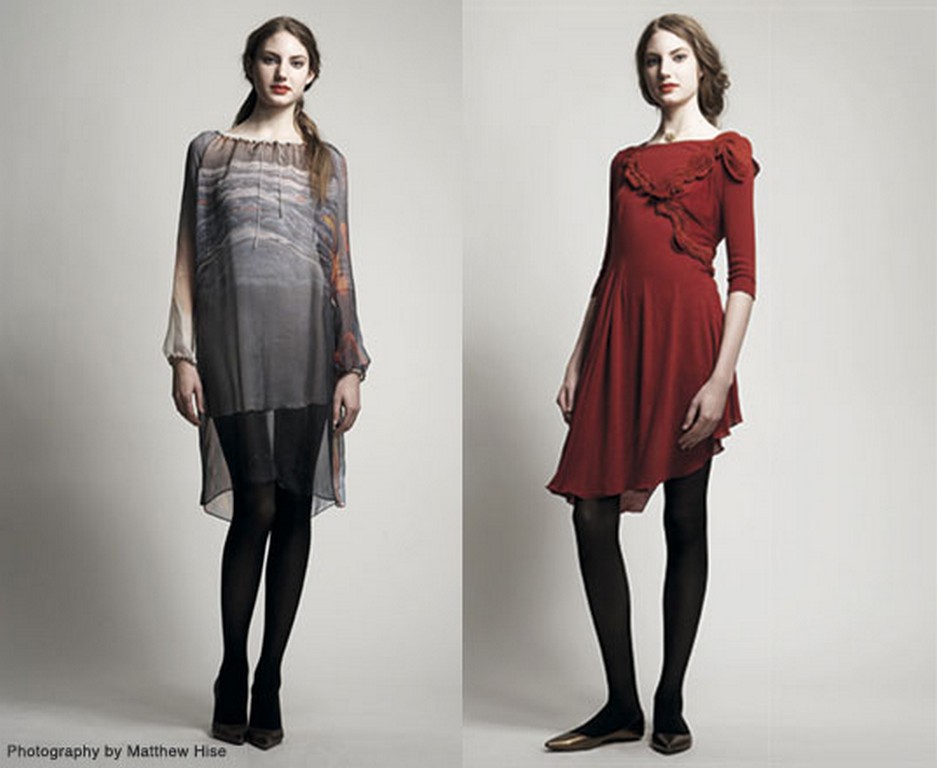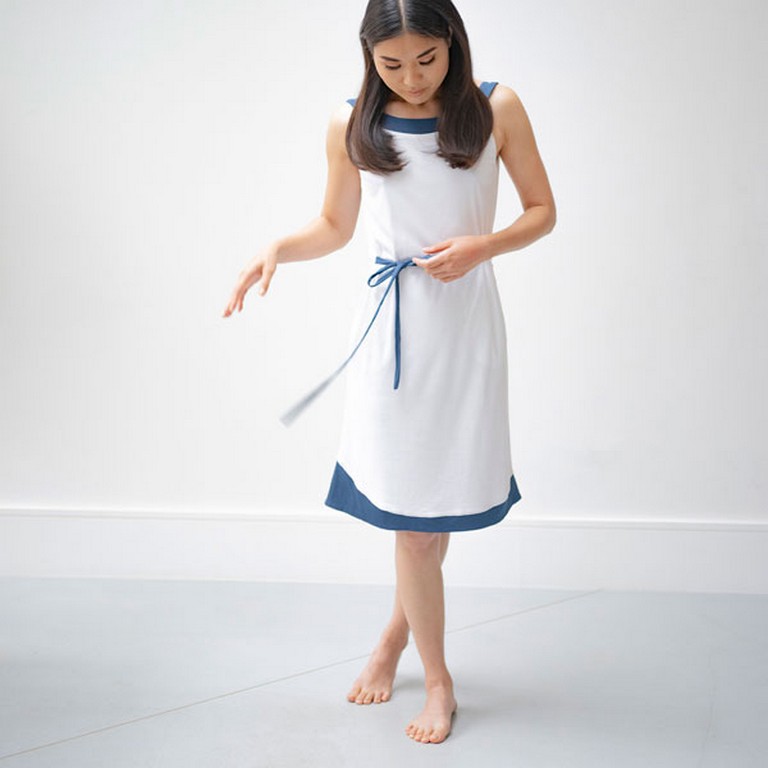FASHIONABLY SUSTAINABLE MATERIALS
23/11/2019 2021-01-20 6:30FASHIONABLY SUSTAINABLE MATERIALS
FASHIONABLY SUSTAINABLE MATERIALS
The latest fashion trend isn’t a seasonal colour or a must-have style but it is the concept of sustainable fashion and ethical clothing. It is a movement or process of bringing about a change in the entire fashion system towards greater ecological integrity and social justice.
Today, there is a tremendous rise in eco-luxury retail. Positive developments are finally beginning to take place in the fashion and textile industry. Our society has to develop in sustainable ways. This includes how we produce and consume shoes, clothing, accessories and other textiles. The main responsibility of fashion companies is to change their methods of production, distribution and marketing strategies. There are a number of frontliners who are paving the way towards striving to produce luxury products with sustainable alternatives.
Stella McCartney, one of the world’s leading designers, firmly believes in creating luxurious products without causing unnecessary harm to the environment. She was one of the first designers to embrace a sustainable attitude.

McCartney has entered a partnership with Bolt Threads, a start up in California that has emerged as one of the leaders in making synthetic spider silk. However, the process to create the silk does not involve actual spiders, as unlike silkworms, it is very difficult to farm spiders as they tend to eat each other and this makes it impossible to harvest them. The ingredients used to create spider silk are a combination of sugar, water and yeast infused with spider DNA which is then left to ferment. The mixture is then centrifuged, purified and mixed with a solvent. The resultant liquid silk protein resembles the extruded liquid protein from actual spiders. Instead of using spiders, however, Bolt Threads uses devices that turn the silk protein into long filaments of synthetic spider silk. The silk has remarkable properties like high tensile strength, elasticity, durability and softness. It holds dye six times better than silkworm silk. This method also produces less pollution, creates long-term sustainability and it is vegan friendly, because it is.
Designer Linda Loudermilk looks onto nature as her muse and is committed to not only make clothes out of environmentally friendly fabrics, but making beautiful clothing in general.

Loudermilk strives to develop highest quality and ecologically sound textiles using earth generated textiles such as Sasawashi, a linen-like fabric made from Japanese leaf rich with anti-allergen and anti-bacterial properties; bamboo; seacell and soya. She was the first to use vegetable cashmere (soybean).
Leticia Credidio, an Italian – Japanese – Brazilian designer launched a new range of sleepwear made out of seaweed. The pyjamas and robes are made out of SeaCell which is a carbon neutral and is biodegradable. The antioxidants and amino acids present in the seaweed react with the wearer’s skin’s natural moisture to promote skin regeneration. The packaging comes from discarded fabric.

Buying new clothes that are manufactured in an environmentally and socially/ethically conscious manner is something we all should aspire as much as possible, although it may entail a somewhat higher price tag.
Blog by: Anoushka Makhija
BSc Fashion Design 2019
#jdinstitute #jdinstituteoffashiontechnologybangalore#jdinstituteoffashiontechnologyindia#artanddesign #globalleagueinstitute #sustainability #sustainable #stellamccartney
#leticiacredidio #sasawashi #lindaloudermilk #boltthreads #spidersilk #













